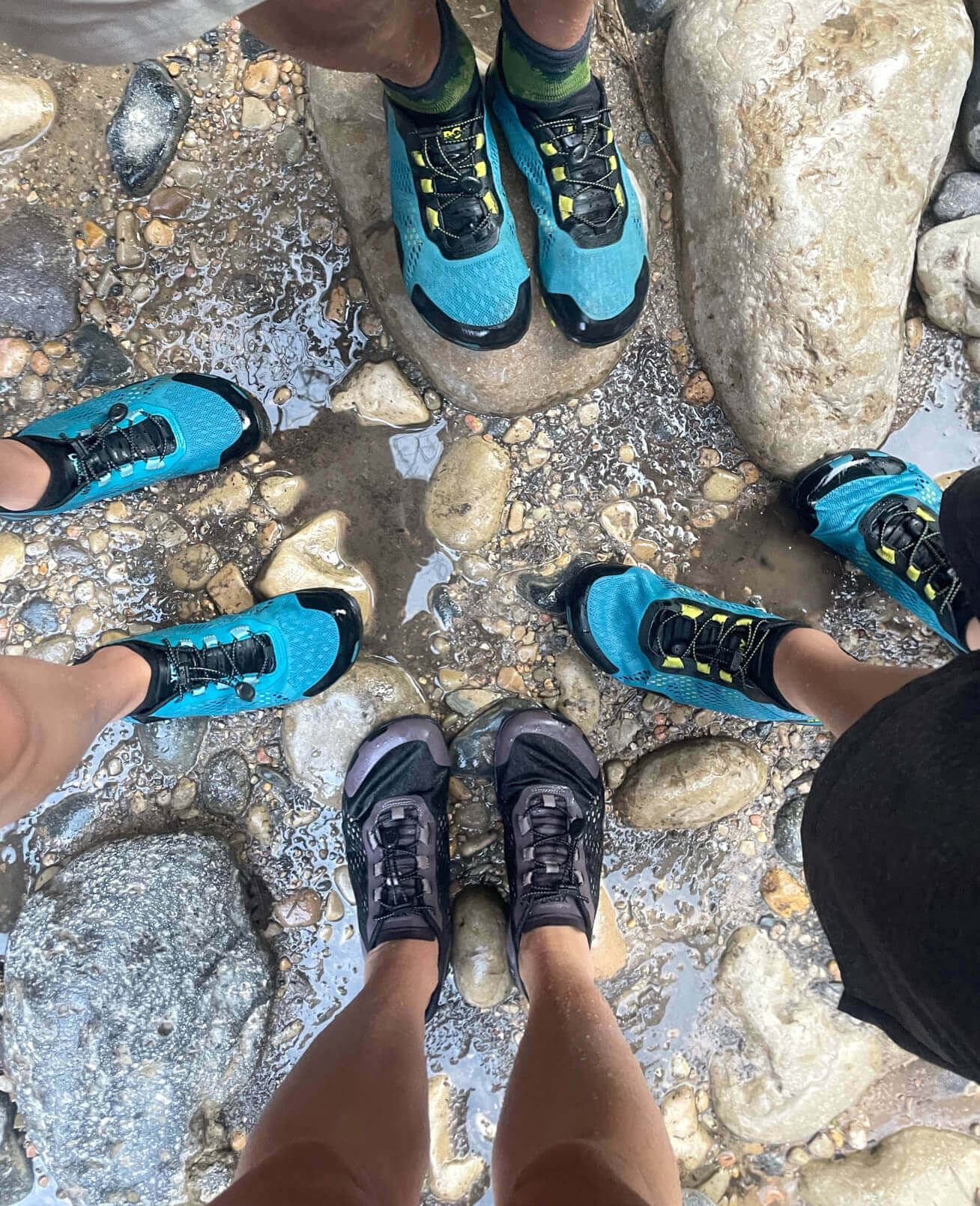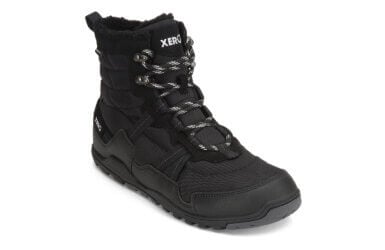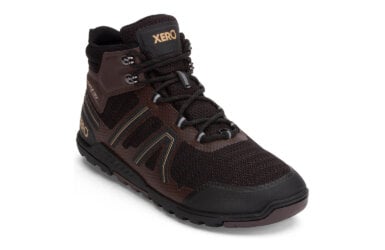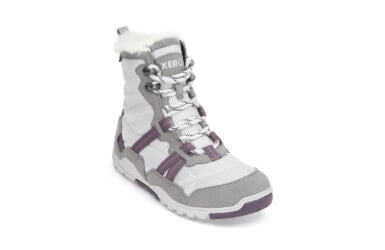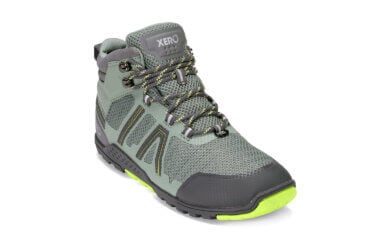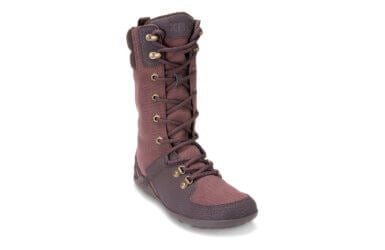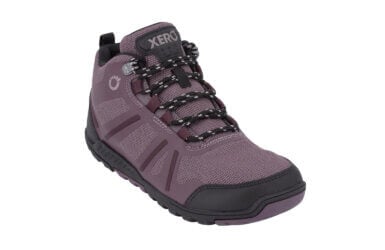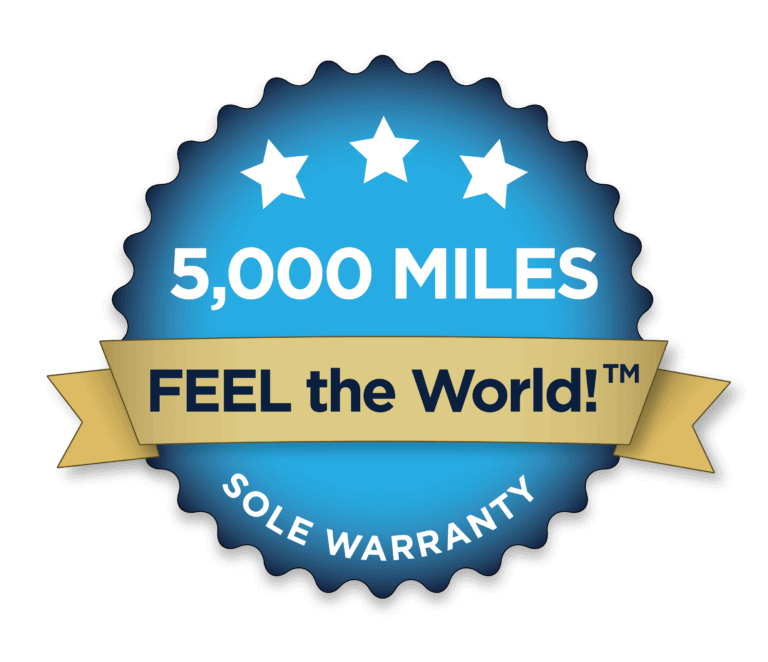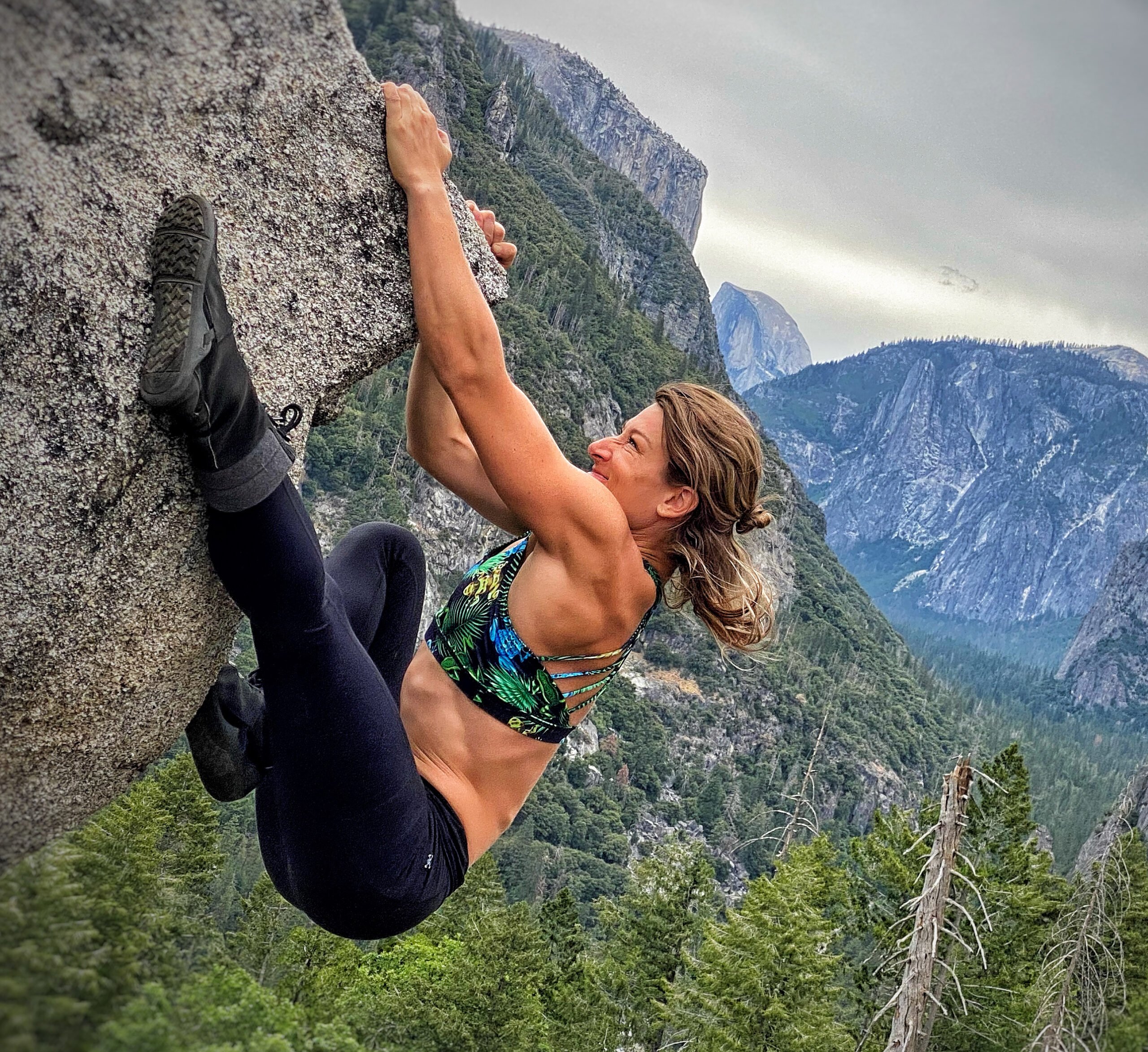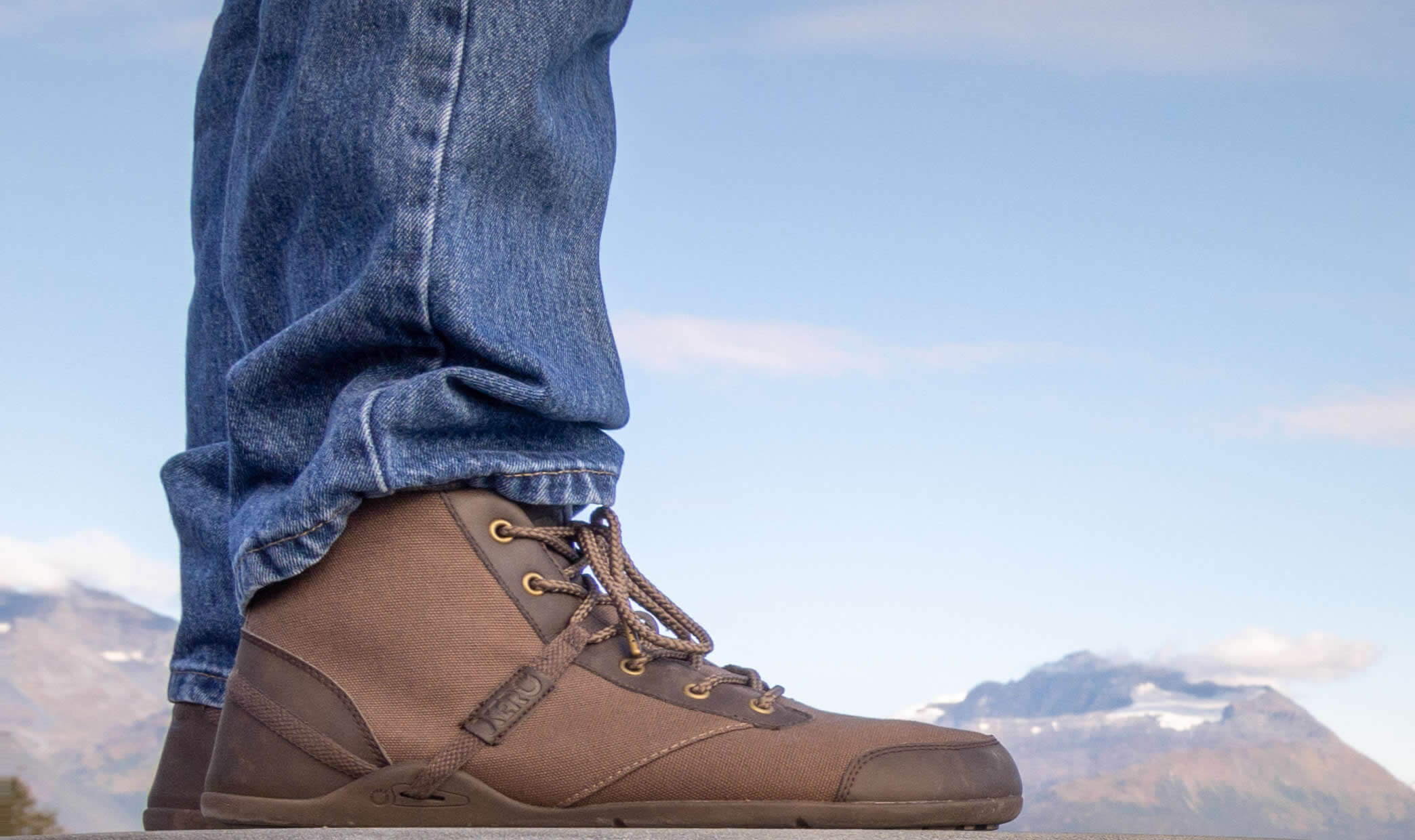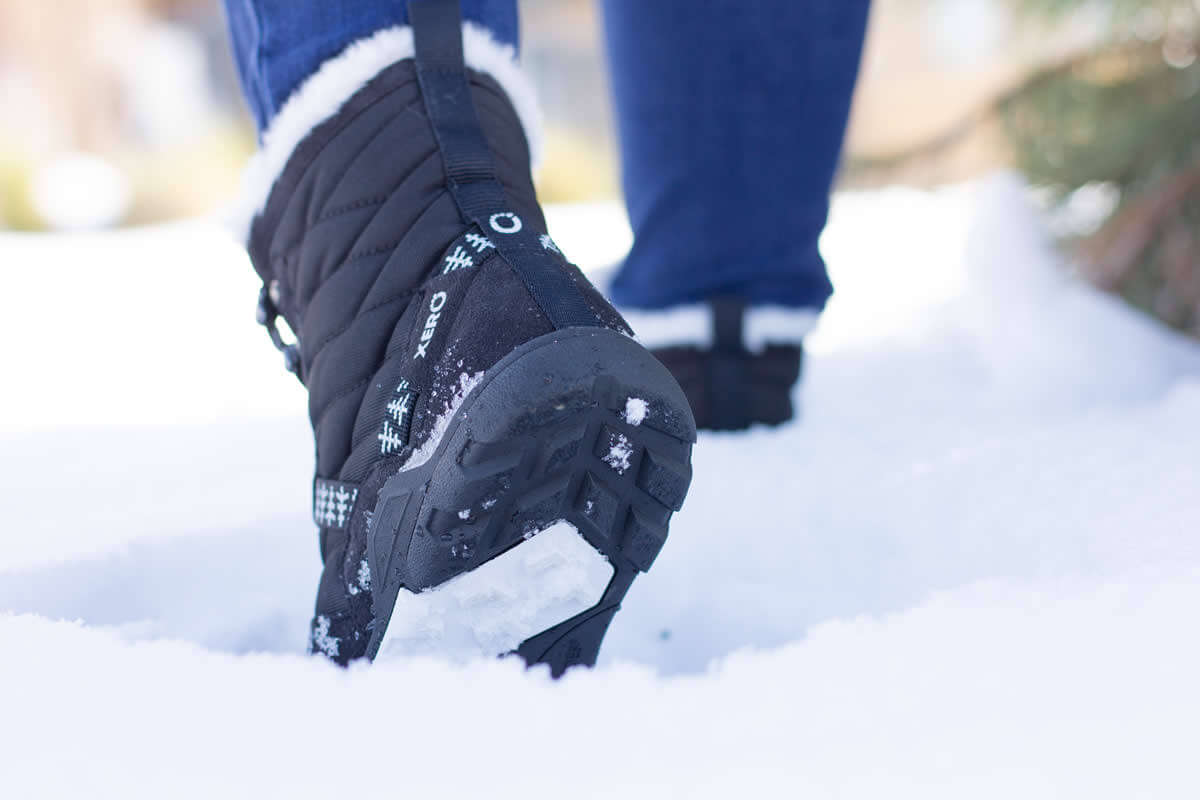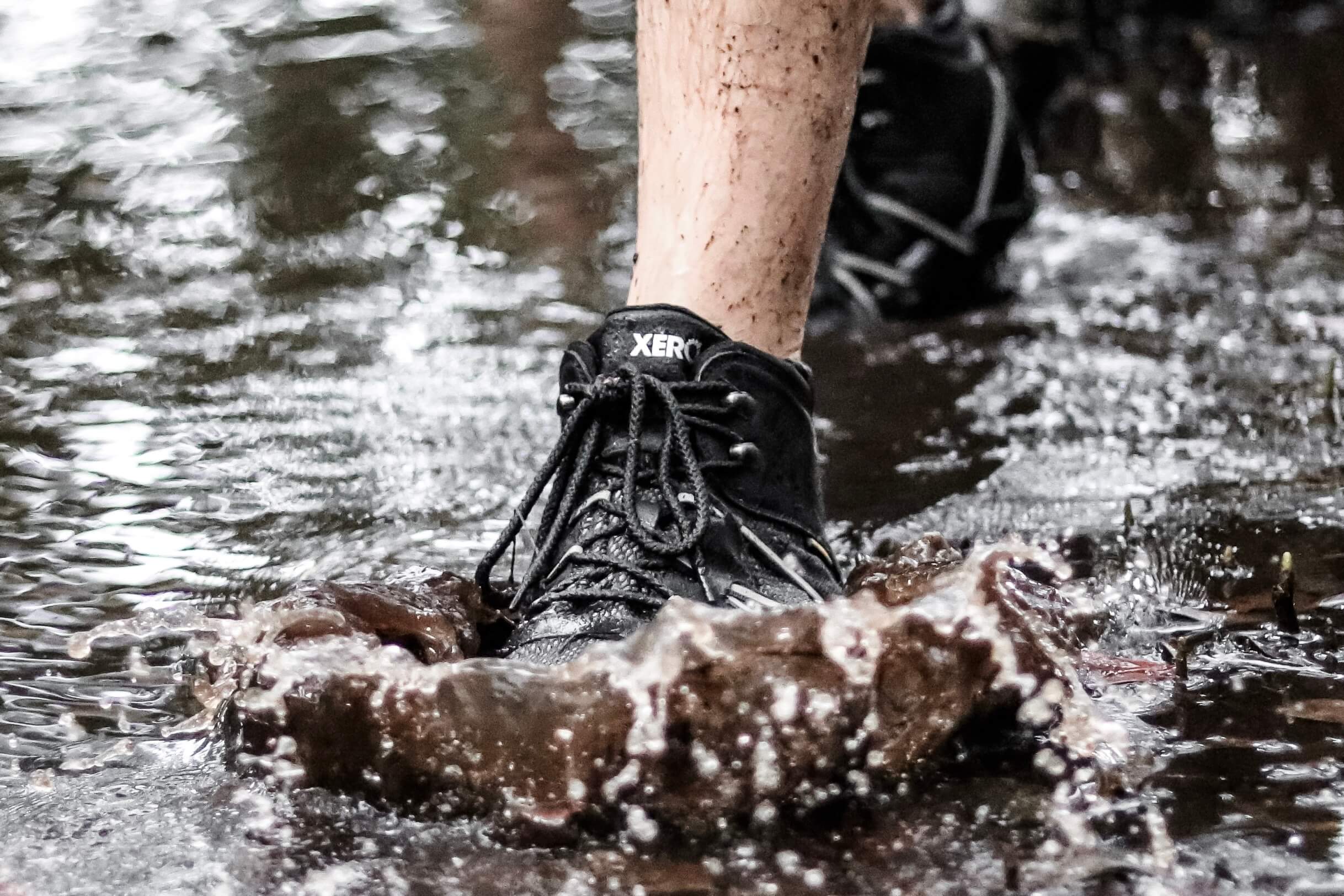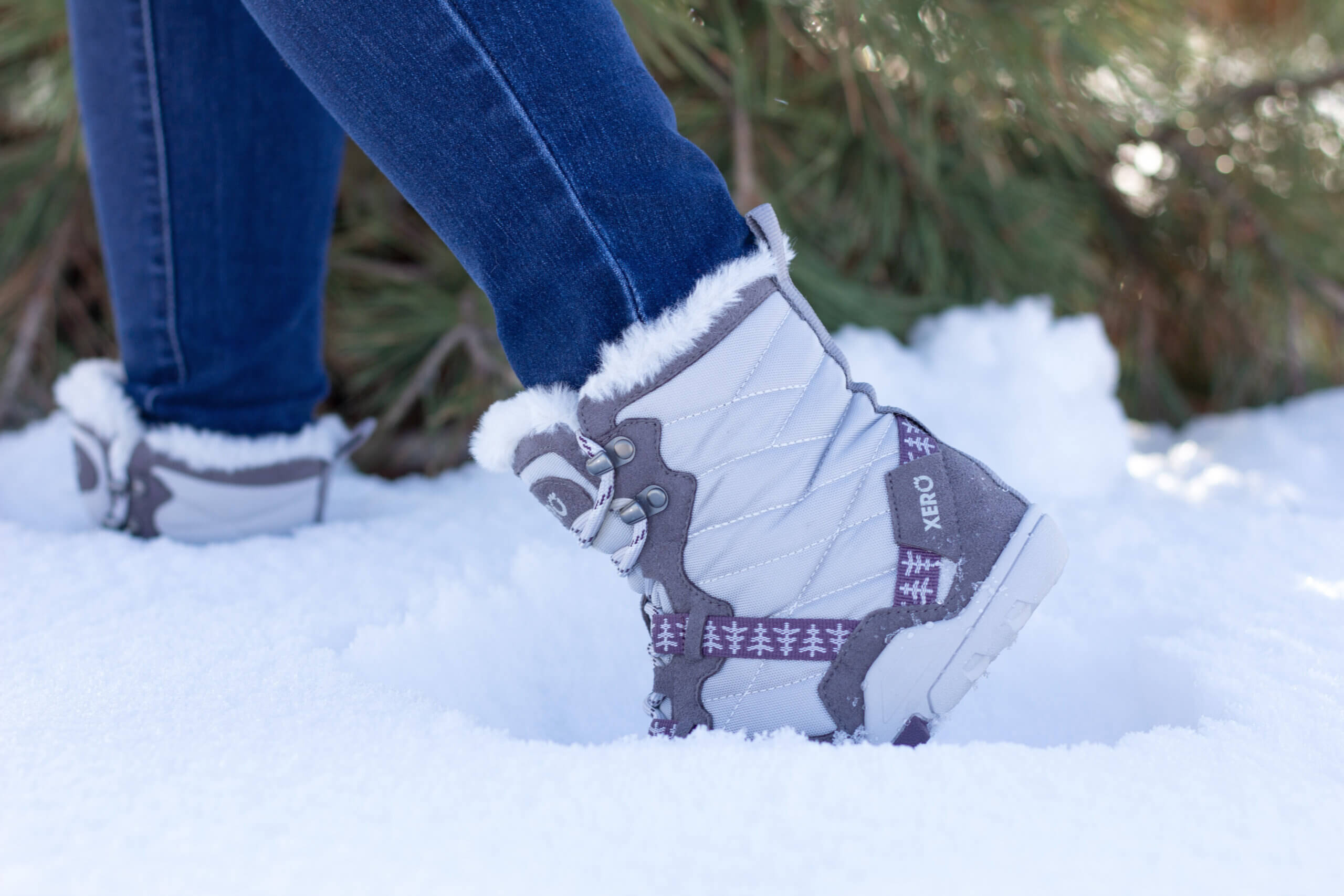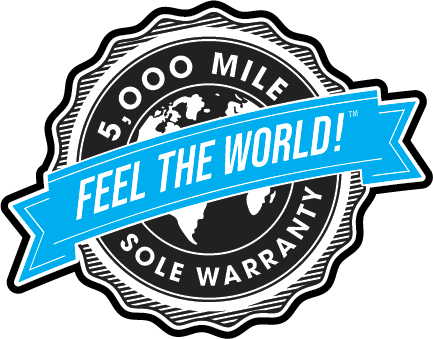Sometimes they’re one and the same (in the case of most Xero Shoes, for example… I’ll explain why I said “most” in a moment).
Both terms are often used incorrectly to promote products that don’t deliver.
Here’s an example — we regularly have people come to our office wearing a shoe they’ve been told is “minimalist” or “barefoot.”
We’ll have them put on ONE Xero Shoe and take a walk, so they can feel the difference between their two feet.
Within two steps they’ll turn around, eyes wide open, and say something like, “Oh! That’s a WHOLE different feeling!”
What’s the difference? One is the freedom in the wide Xero Shoes toe box. Then the flexibility of the sole. And then, the amount of sensation they safely feel from the ground.
For most major brands, their minimalist shoe is simply a lighter version of their regular shoe, with a bit less cushioning and less heel lift… but often still the same narrow, pointy toe box, and too much padding between you and the ground.
At the top of this, I said “MOST” Xero Shoes are “barefoot.” We design our products to let your feet do what’s natural — bend, flex, move, and FEEL the world.
For some products, though, we get a bit less barefoot and a bit more minimal. For example, our hiking boots and trail running shoes have a BIT more cushioning/protection and, therefore, have a bit less ground feel than our road running and racing shoes.
But we always maintain true minimalist characteristics:
- Wide toe boxes to let your toes splay and spread
- Low-to-the-ground designs for balance and agility
- Flexible soles for natural movement
- No heel lift for proper posture
- Lightweight enough that you might forget you’re wearing them
And all our shoes, boots, and sandals are backed with our 5,000 mile sole warranty.
